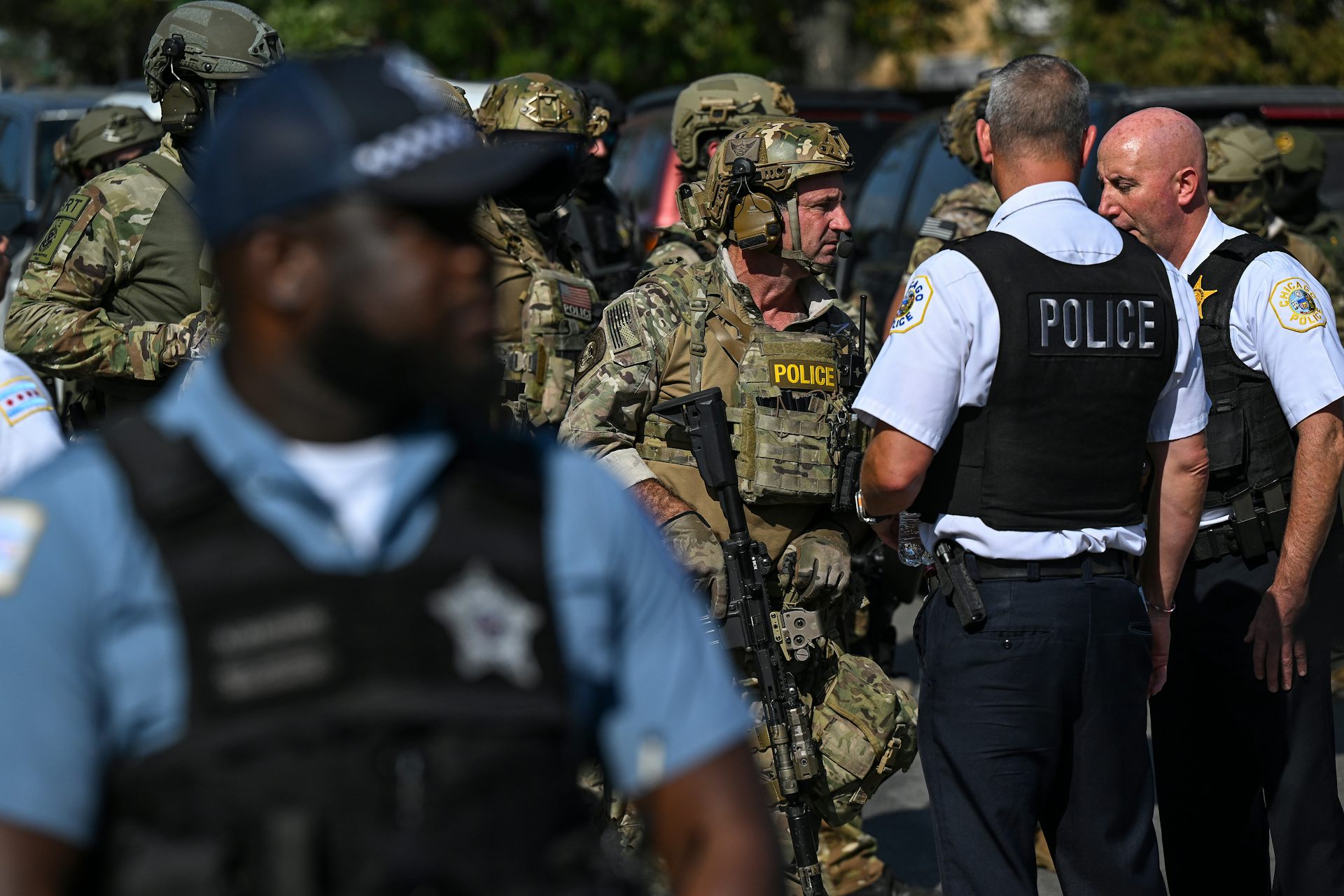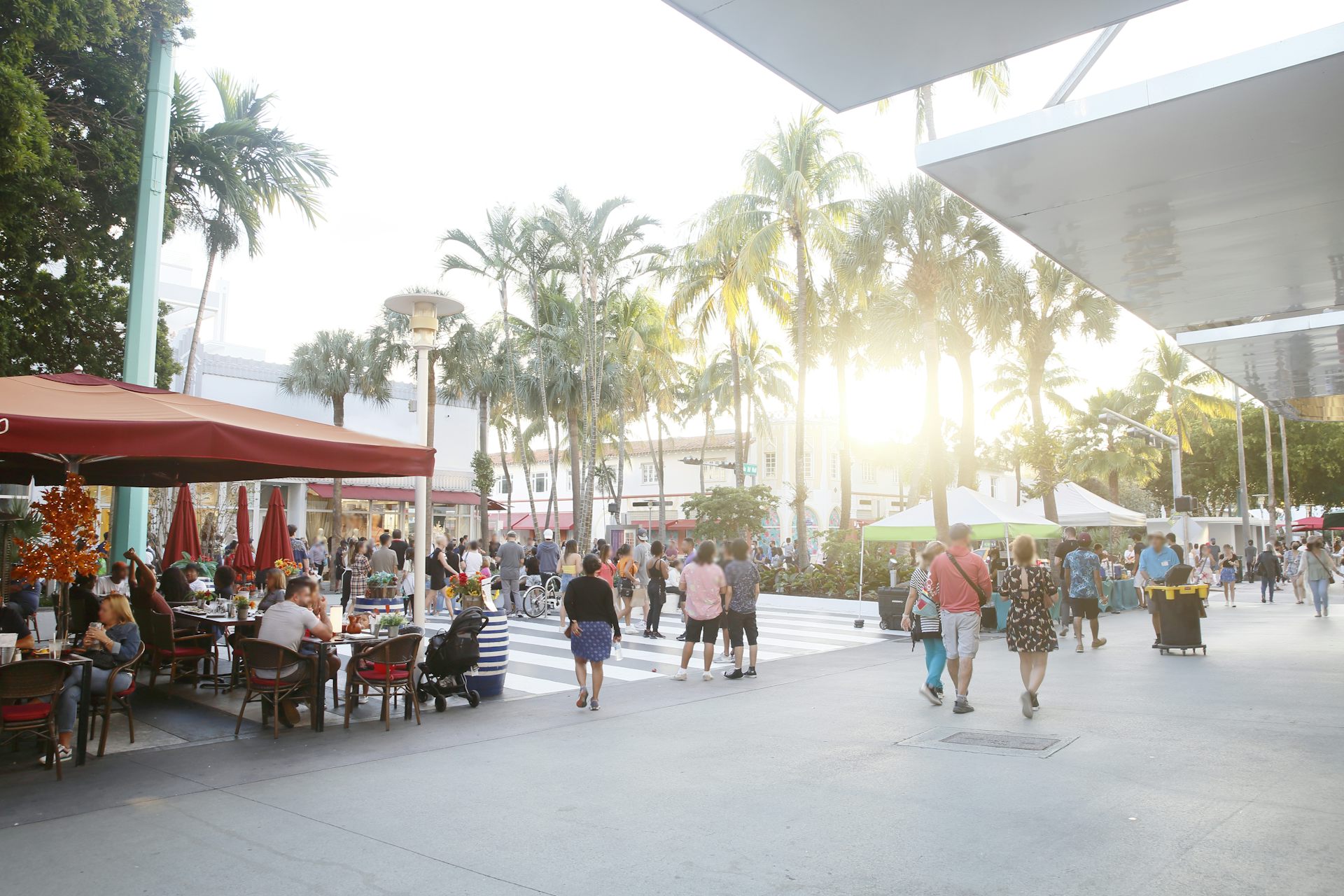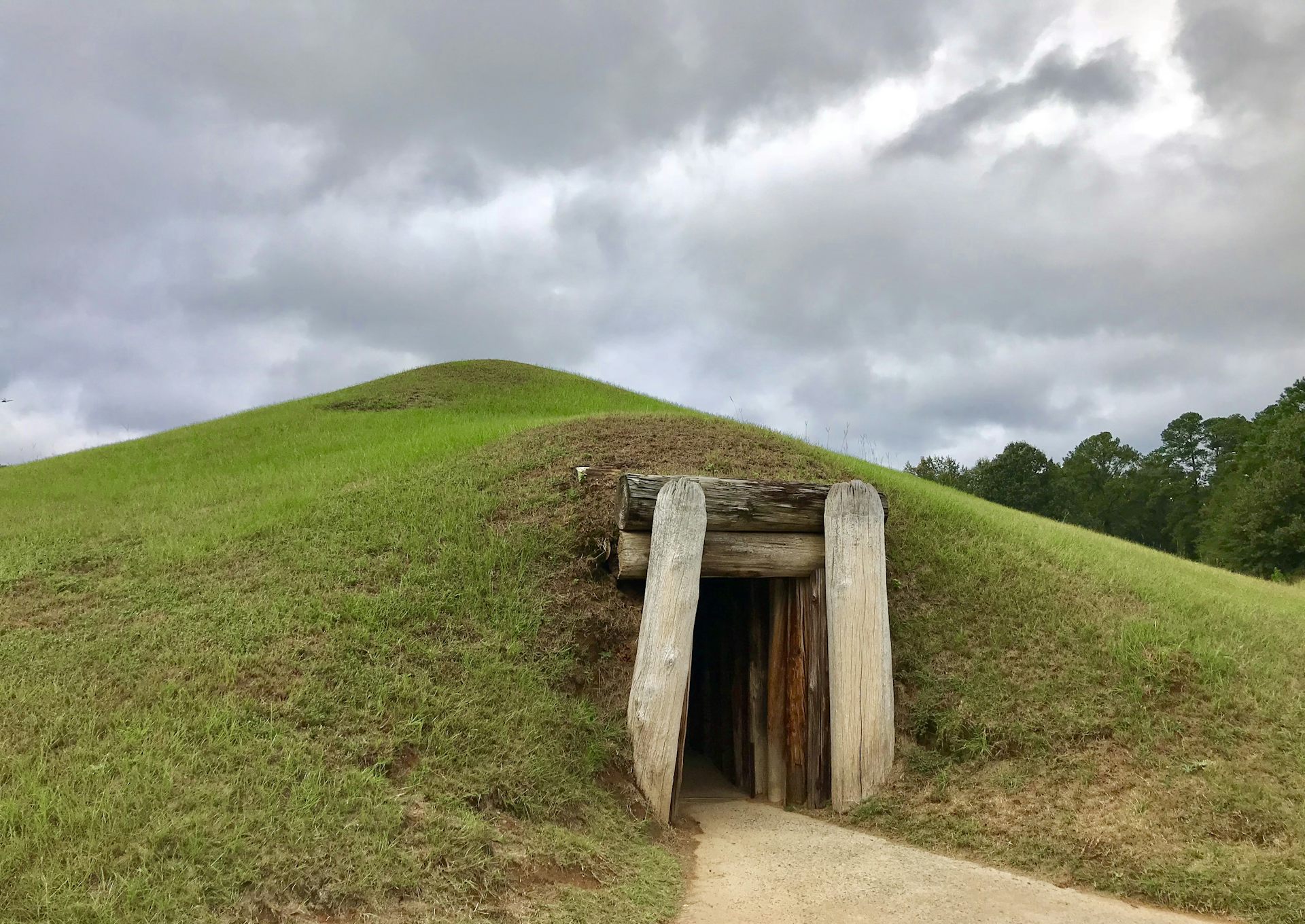Can your community handle a natural disaster and coronavirus at the same time?
If the forecasts are right, the US could be facing more natural disasters this year – on top of the coronavirus pandemic. Local governments aren't prepared.
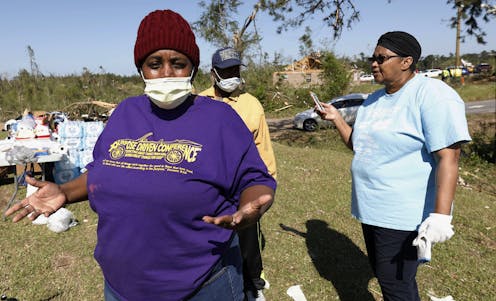
The tornadoes that swept across the Southeast this spring were a warning to communities nationwide: Disasters can happen at any time, and the coronavirus pandemic is making them more difficult to manage and potentially more dangerous.
The next six months could be especially challenging. Forecasts show widespread flooding is likely again this spring from the northern Plains through the Gulf of Mexico. The western U.S. expects significant droughts this summer, a recipe for wildfires. The U.S. is also facing a high-risk Atlantic hurricane season.
Each type of disaster could leave thousands of people homeless and many in need of rescue and emergency care.
Dealing with response and recovery from a disaster in the midst of the coronavirus pandemic raises new and unsettling questions. Who is available to respond? What medical assistance can be provided if hospitals are treating COVID-19 patients and there is already a shortage of supplies? Where do we shelter and house evacuees, given the need to keep large numbers of evacuees socially distant from one another? Moreover, the time frame for dealing with this dual challenge may not be measured in days or even weeks, but rather months and possibly years.
As a civil engineer specializing in risk management, I work with governments and businesses to assess enterprise risks, including extreme weather. There are no silver bullets to solving these dilemmas, but there are simple concepts and questions that planners should be addressing right now.
Planning is crucial
With the coronavirus pandemic adding a new layer of challenges and risks, community leaders should be planning in a structured way for how they will deal with worst-case scenarios.
That means asking: What can go wrong? How likely is it? What are the consequences? And what resources do we need to mitigate the risk?
Before this year, few communities seriously considered the need to deal with a pandemic on top of a natural disaster. Their playbooks for responding to a tornado or a hurricane likely didn’t include the need to consider social distancing in emergency shelters or how to get help from other states when a widespread health crisis is underway.
Officials should be asking the key questions again, casting the net wide enough to consider any plausible scenario. Importantly, they should be addressing where personnel, equipment, facilities and supplies can be found and how those resources should be allocated.
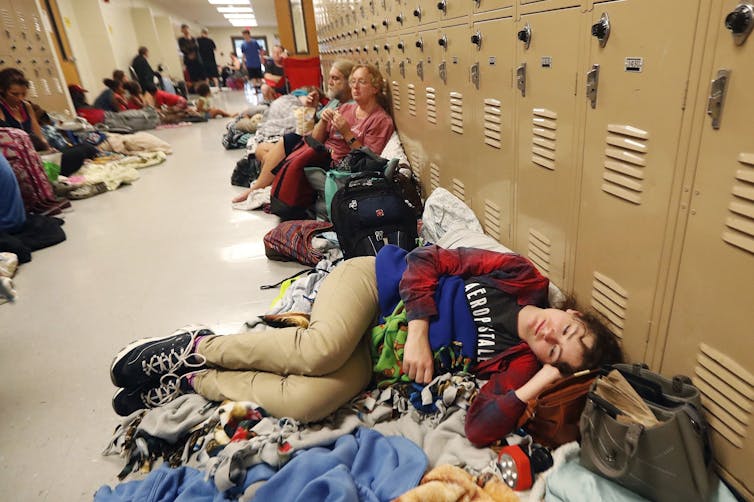
With the likelihood that resources normally available from federal agencies and mutual aid agreements won’t be accessible this year, some local communities have started banding together to fill the void.
In New Orleans, Evacuteer, a nonprofit normally focused on helping residents evacuate during a hurricane, has shifted its operations to stockpiling food and supplies, recognizing that the pandemic response has depleted many of these resources.
The Mississippi River Cities and Towns Initiative, a coalition of mayors and leaders, is procuring personal protective equipment for distribution to wherever severe flooding may occur.
Vacant hotel rooms and college dormitories are becoming important sheltering options. When tornadoes hit the Southeast in April, the Red Cross turned to a revised playbook and responded with social distancing in mind. Instead of opening shelters, where the coronavirus could easily spread, it worked with hotels to put hundreds of storm victims into rooms. Its volunteers, normally on the scene after disasters, jumped into emergency response coordination work from home.
The logistics challenge and federal leadership
Without careful, coordinated planning, desperately needed resources can be sent to the wrong locations, leaving the areas most in need of assistance without lifesaving capabilities.
The shortages of testing, face masks and ventilators in areas hit hard by the coronavirus pandemic show how logistical failures can threaten the quality of health care and the susceptibility of hospital workers to harm.
Ideally, disaster logistics management should be a federal role. The federal government has greater access to supplies and the authority to marshal resources. The most effective approach is centralized control of the supply chain and a unified command structure, much in the way the Defense Logistics Agency supports military operations. It requires total awareness of where to get supplies and where they are needed, and the ability to alter traditional supply chains when necessary.
Many case studies illustrate the success of this approach, and the risks of not using it. During the 2001 terrorist attack on the Pentagon, the Arlington County Fire Department quickly established a unified command with other agencies. The emergency crews on the scene knew who was in charge and could coordinate effectively. Conversely, the disorganized response to Hurricane Katrina in 2005 left tens of thousands of people without basic supplies.
Changing how businesses operate
Inventory management is perhaps the most difficult challenge. In our global economy, companies have been overwhelmingly focused on cutting costs to remain competitive.
Businesses respond by keeping inventory as low as possible, relying on the supply chain to make just-in-time deliveries to meet production and service needs. There is little to no adaptive capacity in the system – the excess resources they could draw upon when a disaster strikes.
Creating this adaptive capacity will require a sea change in how businesses operate, with the strategy of cutting costs to the max replaced with a more reasoned approach of being cost-conscious while maintaining a sufficient inventory to meet societal needs.
Now is the time to recognize how to become resilient when confronting multiple disasters simultaneously. There is a famous oil filter commercial in which an auto mechanic, discussing the cost of replacing an oil filter as opposed to the cost of engine repair by deferring that decision, declares: “You can pay me now….or you can pay me later.” Later is no longer an option.
[You need to understand the coronavirus pandemic, and we can help. Read The Conversation’s newsletter.]
Mark Abkowitz receives funding from the U.S. Department of Transportation and the Tennessee Department of Transportation.
Read These Next
Merry Jewish Christmas: How Chinese food and the movies became a time-honored tradition for American
What do you do on Dec. 25 if you don’t celebrate Christmas? For Jewish Americans, the answers range…
How keeping down borrowing costs for mortgages and other loans is built into the Fed’s ‘dual mandate
Recent news reports highlighted how the Fed technically has a third mandate – moderate long-term interest…
Are sanctuary policing policies no more than a public relations facade?
In a new book based on hours of body-cam footage, a legal scholar shows how local police in sanctuary…




